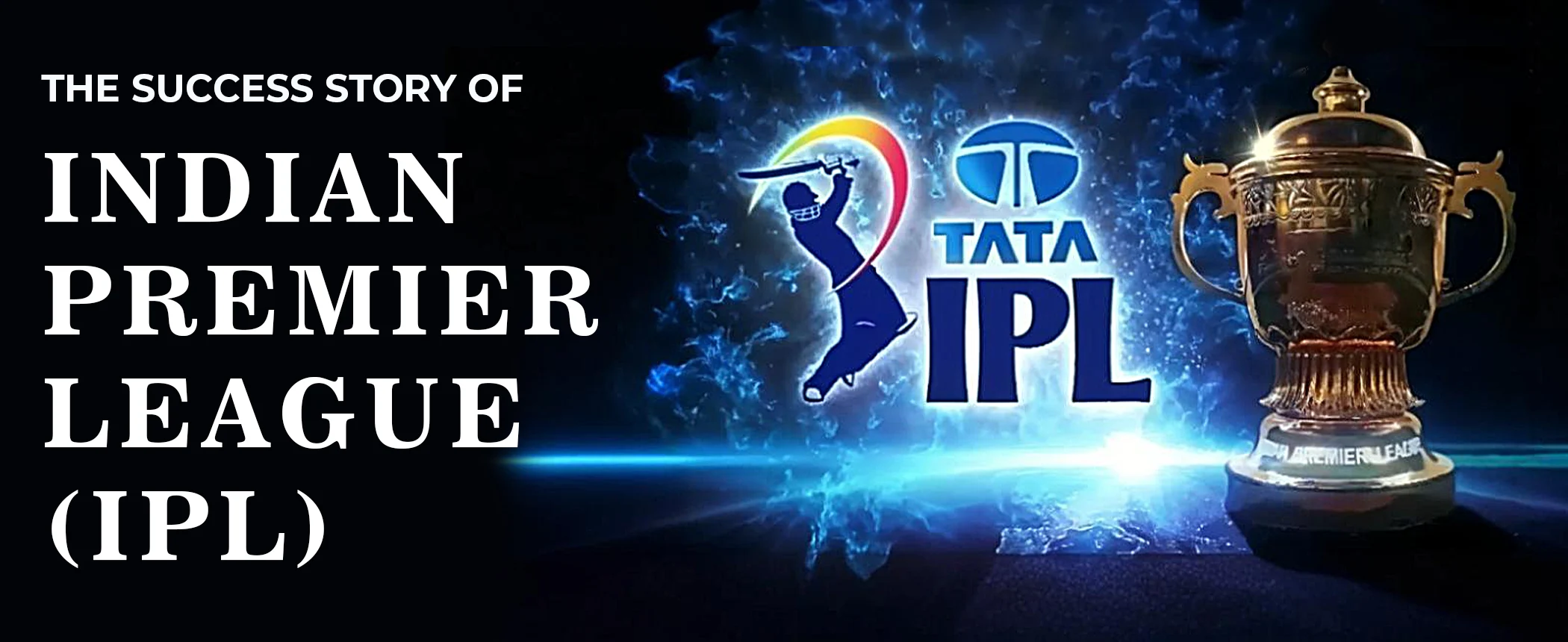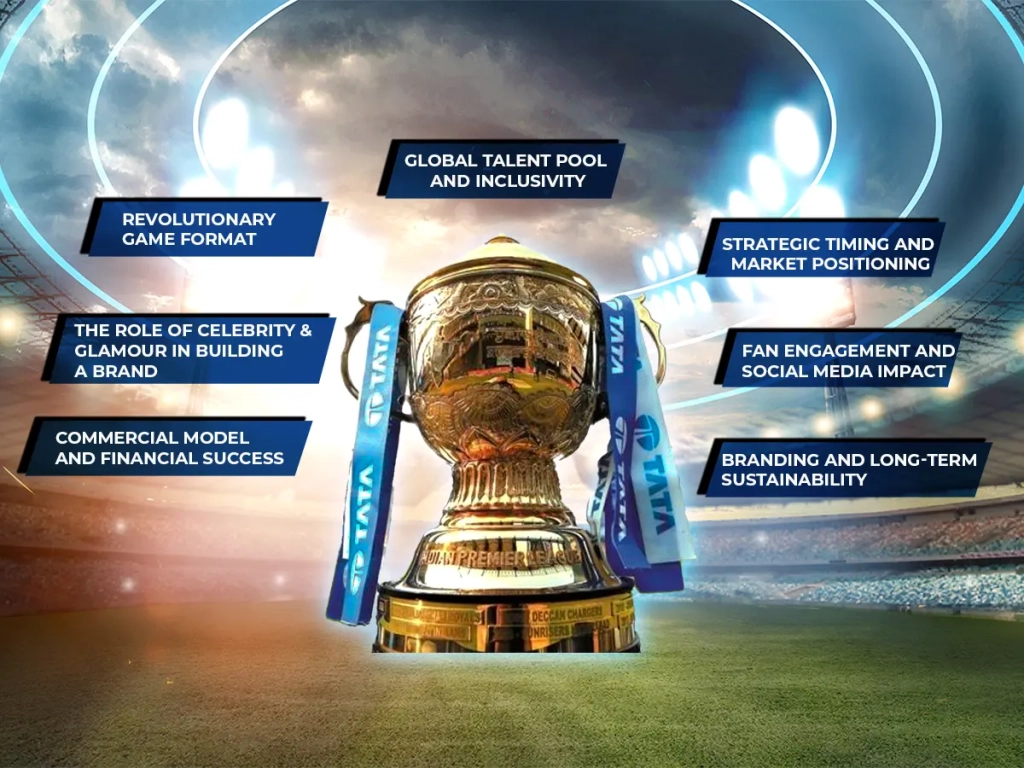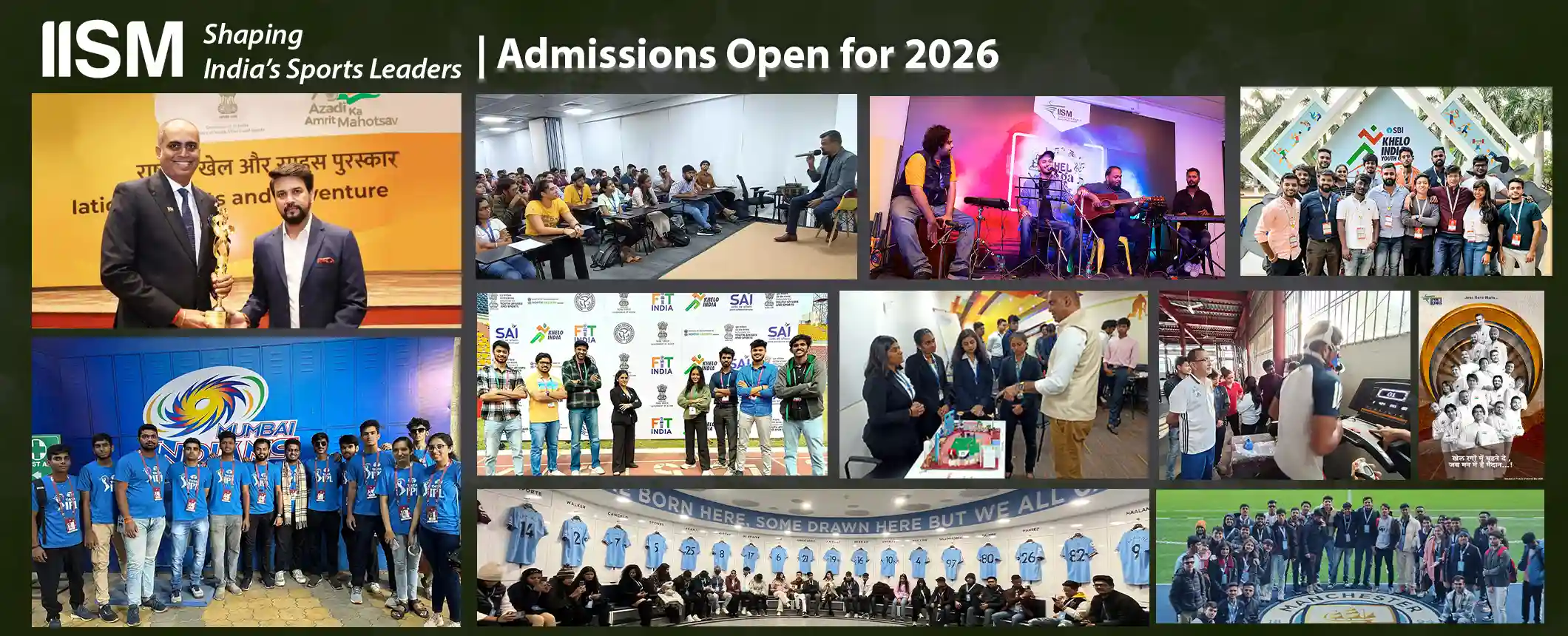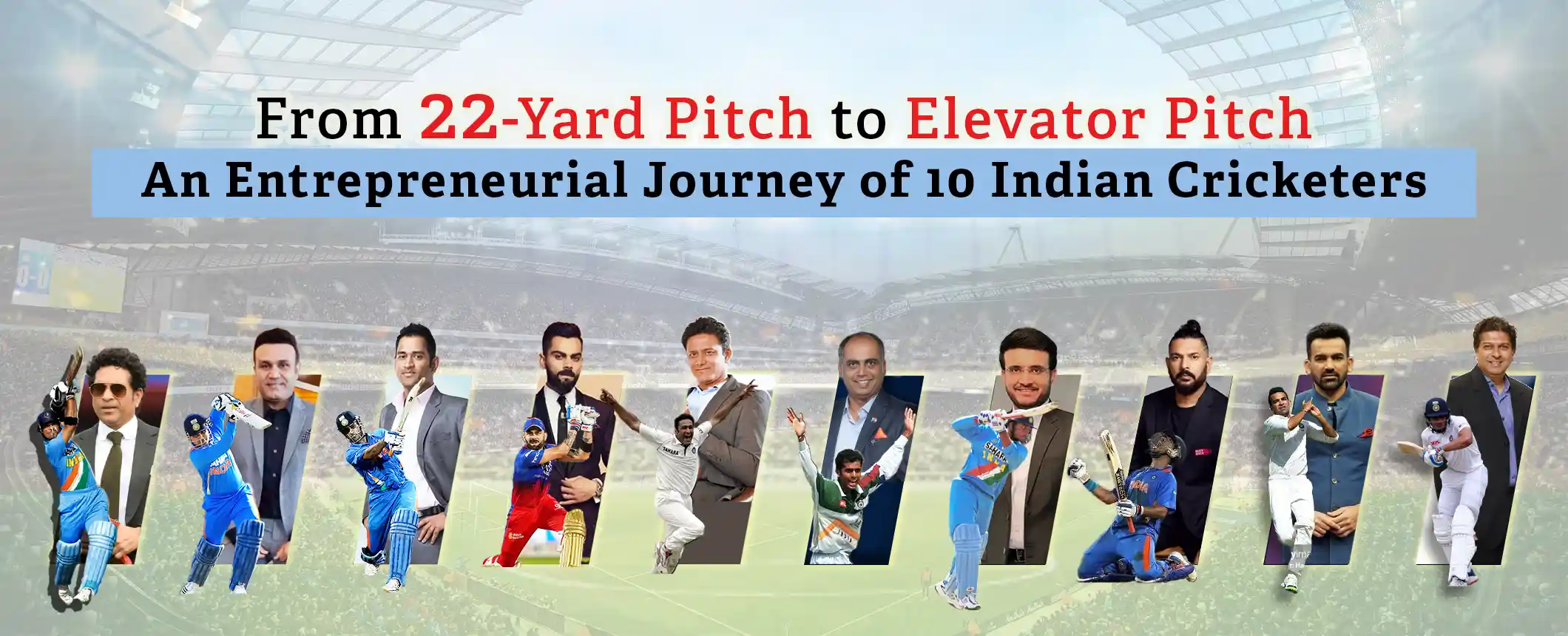The Success Story of Indian Premier League (IPL): A Blueprint for Aspiring Sports Managers

Introduction:
Millions of fans, crazy excitement, nail-biting suspense, fanaticism, and 1 IPL -India’s biggest ‘Cricketainment, perhaps one of the world’s too. A 18-year of phenomenal journey, and a massive success in the world of sports business.
In 2008, from 8 franchises to 10 teams in 2025, Indian Premier League saw media rights commanding a staggering $6.2 billion with Mumbai Indians and Chennai Super Kings rivaling some of the biggest clubs in European football and NFL.
IPL is revolutionary not only in the business of cricket but also as a global sporting powerhouse. As we celebrate the IPL like any other festival in India, let us reflect on how a startup league has become a massive success.
The dawn of IPL
IPL was a bold experiment that aimed to blend cricket and entertainment, creating an extravaganza for cricket fans. Though the concept of city-based rivalries, franchise models, and 20-over matches saw success globally, but it had not been experimented within India. For the first time in 2008, India saw a whole new format of cricket which included entertainment, glamour & business, shaping the business of sports in India.
The T20 league was introduced to turn up the entertainment temperature, aiming to reach younger audiences. Unlike traditional cricket matches IPL showcases strong commercial features – celebrity team owners, high-profile sponsorships, and entertainment before and after the match intervals.
After the introduction of T20 cricket, many leagues have adopted the format internationally as well. It became a platform for younger players to showcase their talent. In essence, this multi-billion-dollar enterprise has revolutionized how cricket is played, watched, and consumed.
Let’s explore the key reasons behind the success of IPL that aspiring sports managers like you can use as valuable insights for your professional endeavors.
1. Revolutionary game format
No doubt, the Twenty-20 format has changed the way the audience used to watch the match earlier. Its short format keeps the fans on the edge of their seats. The 3-hour matches not only pin your excitement on point but also its fast pace makes it more accessible to a global audience with a shorter span, extending the viewership beyond the targeted audiences.
Key takeaways:
- Innovation in Format: Always look for ways to adapt and innovate within existing sports. The success of T20 cricket highlights the importance of evolving sports formats to fit modern consumption habits.
- Entertainment is key: Sports become more than win and lose. The combination of sport and entertainment engages wider audiences.
2. The Role of Celebrity and Glamour in Building a Brand
The glam of Bollywood always works, and it sparks the success of IPL in a massive way. Bollywood stars and business tycoons became team owners, creating a unique blend of sports and showbiz. Celebrities such as Shah Rukh Khan (Kolkata Knight Riders), and Preity Zinta (Punjab Kings) added glamour to the IPL, drawing fans from beyond the cricketing world.
The audiences also witness the dazzling opening ceremonies and performances by international music artists and Bollywood divas that enhance the entertainment quotient.
Key Takeaways:
- Leveraging celebrity power: IPL exemplifies one of the cross-industry partnerships. It outlines how you can involve celebrities and influencers to expand your sport’s fanbase beyond traditional audiences.
- Creating a glamorous experience: Building excitement around events and integrating entertainment, music, and star power can significantly elevate the profile of any sporting league.
3. Commercial Model and Financial Success
Unlike traditional cricket tournaments, the IPL adopted a franchise-based model, where teams were bought by corporate entities or celebrities through high-profile auctions. These teams were then run as businesses with a profit motive, changing the way cricket was perceived and operated.
The broadcasting rights for the IPL were sold for enormous sums, generating substantial revenue, while sponsorship deals with global brands like Pepsi, Vivo, and Dream11 brought in additional financial backing.
Key Takeaways:
- Business innovation: As an aspiring sports manager, you should aim to create a business model that is sustainable, scalable, and appealing to investors. The IPL’s franchise model offers valuable insights into how sports leagues can operate as commercial entities.
- Maximizing revenue: Focus on strategic partnerships and sponsorships. In sports management, revenue from broadcasting rights and sponsors can be the backbone of a successful league.
4. Global Talent Pool and Inclusivity
The IPL was a true global competition, involving international players from teams like Australia, South Africa, New Zealand, West Indies and many more. This blend of domestic and international players amped up the standard of the league and attracted fans from around the world.
Key Takeaways:
- Diversity and inclusion: The IPL showed that diversity in players can lead to higher competition, more viewership, more brand deals, and greater global recognition.
- Player-centric approach: Create platforms where both established and emerging players can showcase their skills, offering them opportunities that might not exist in other formats.
5. Strategic Timing and Market Positioning
The IPL was launched at a time when cricket was booming in India, and the entertainment industry was thriving. The league’s scheduling during the Indian summer ensured it didn’t overlap with other major cricketing events, giving it a dominant position in the market.
It was also aired in prime-time slots, making it highly accessible to a global audience across time zones. This perfect timing helped the IPL become a significant commercial entity right from its inception.
Key Takeaways:
- Capitalizing on market timing: Timing is everything in sports. Launching a league at the right moment and during the right season can make or break its deal.
- Prime-time strategy: Be strategic in how you want to position any league that will garner maximum viewership. Understand your audience and how they are most likely to engage with the tournament.
6. Fan Engagement and Social Media Impact
IPL understood the assignment -the importance of fan engagement through social media. The league’s digital presence on platforms like Twitter, Facebook, and Instagram helped build a community of fans who actively engaged with the players, teams, and events.
Interactive campaigns, real-time updates, fan contests, and exclusive behind-the-scenes content kept fans invested in the tournament throughout its season, even in the offseason.
Key Takeaways:
- Engagement through digital platforms: In today’s digital world, sports marketers, and athlete managers must prioritize social media engagement. Use the platforms to connect with fans, provide real-time content, and involve them in the experience.
- Building community: Focus on creating a sense of belonging among fans. They should feel like part of the team, not just spectators.
7. Branding and Long-Term Sustainability
From its very first season, IPL focused on creating a strong brand identity. It became synonymous with excitement, youthfulness, and innovation. This strong branding attracted global sponsors, fans, and players, ensuring long-term sustainability for the league.
IPL’s continuous reinvestment into player development, fan experiences, and market expansion has helped it retain its top spot as one of the most profitable sports leagues in the world.
Key Takeaways:
Strong brand identity: Whether it is the leagues, or sports events, strategizing for consistent branding across all channels strengthens its reputation among your target audience, helping the brand stand out in a competitive market.
The Indian Premier League’s success story is the case study of how a business of sports has transformed and evolved into a global phenomenon, merging entertainment, commerce, and athletic competition. As an aspiring sports manager, the IPL offers lessons in innovation, fan engagement, strategic marketing, and the importance of timing.
By focusing on blending sport with entertainment, leveraging media platforms, and creating a business model that supports both competition and commercialization, sports managers can use the IPL’s rise as a blueprint to build successful and sustainable sports leagues or brands across the globe.
The IPL’s remarkable journey shows that Sports Management when done strategically, has the power to transform the industry and captivate the world.
Read next: https://iismworld.com/how-to-become-successful-sports-agent/














